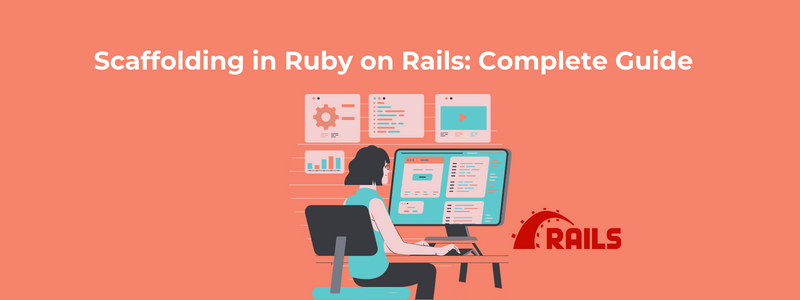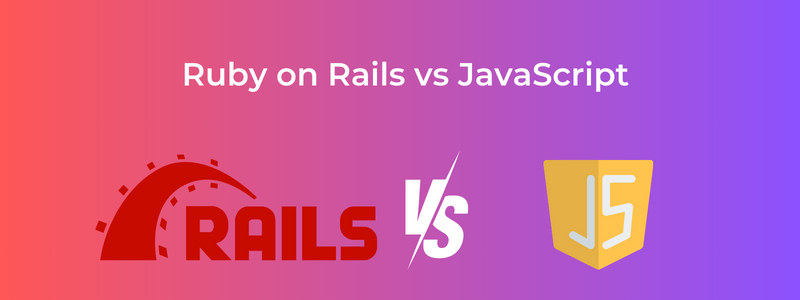Building an event ticketing system can be a complex task, but with the use of the Ruby on Rails framework, the process can be streamlined and efficient. Building an event ticketing system with Rails involves several steps. Below is a simplified guide with examples to get you started:
Step 1: Set Up Your Rails Project
rails new EventTicketingSystem
cd EventTicketingSystem
Step 2: Generate Models and Migrate Database
rails generate model Event name:string Datum:Datum location:string
rails generate model Ticket event:references price:decimal status:string
Schienen db: migrieren
Step 3: Set Up Associations
# app/models/event.rb
Klasse Event < ApplicationRecord
has_many :tickets
Ende
# app/models/ticket.rb
Klasse Ticket < ApplicationRecord
belongs_to :event
Ende
Step 4: Create Controllers
rails generate controller Events
rails generate controller Tickets
Step 5: Implement Controllers and Views
# app/controllers/events_controller.rb
class EventsController < ApplicationController
Def-Index
@events = Event.all
Ende
auf jeden Fall zeigen
@event = Event.find(params[:id])
Ende
Ende
# app/controllers/tickets_controller.rb
class TicketsController < ApplicationController
auf jeden Fall neu
@event = Event.find(params[:event_id])
@ticket = @event.tickets.new
Ende
auf jeden Fall erstellen
@event = Event.find(params[:event_id])
@ticket = @event.tickets.create(ticket_params)
redirect_to event_path(@event)
Ende
Privat
def ticket_params
params.require(:ticket).permit(:price, :status)
Ende
Ende
Step 6: Create Views
<!-- app/views/events/index.html.erb -->
<h1>Events</h1>
<% @events.each do |event| %>
<li><%= link_to event.name, event_path(event) %></li>
<% Ende %>
<!-- app/views/events/show.html.erb -->
<h1><%= @event.name %></h1>
<p>Date: <%= @event.date %></p>
<p>Location: <%= @event.location %></p>
<%= link_to "Buy Ticket", new_event_ticket_path(@event) %>
<!-- app/views/tickets/new.html.erb -->
<h1>Buy Ticket for <%= @event.name %></h1>
<%= form_with(model: [@event, @ticket], local: true) do |form| %>
<div>
<%= form.label :price %>
<%= form.text_field :price %> </div> <div> <%= form.label :status %> <%= form.text_field :status %> </div> <div> <%= form.submit %> </div> <% end %>
Step 7: Set Up Routes
# config/routes.rb
Rails.application.routes.draw tun
resources :events do
resources :tickets
Ende
root 'events#index'
Ende
Step 8: Run the Application
Visit http://localhost:3000 to see your event ticketing system.
This is a basic example, and you may want to enhance it by adding user authentication, payment processing, validations, and more features depending on your requirements. Always consider security best practices and adhere to the specific needs of your event ticketing application. By leveraging the power and flexibility of the Ruby on Rails framework, we can create a dynamic ruby on rails application that streamlines the ticketing process and enhances the overall event experience.




